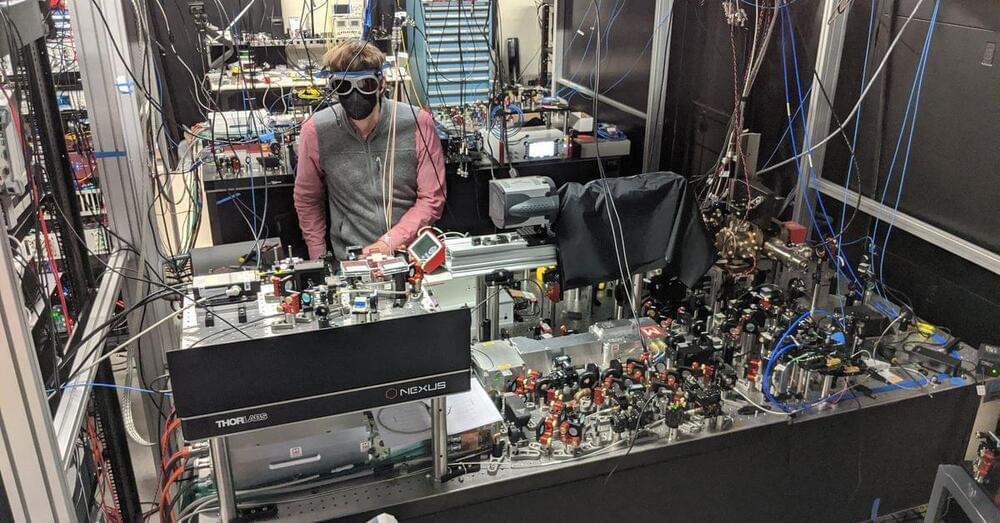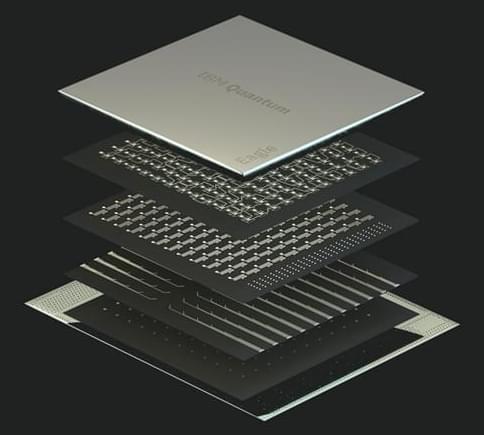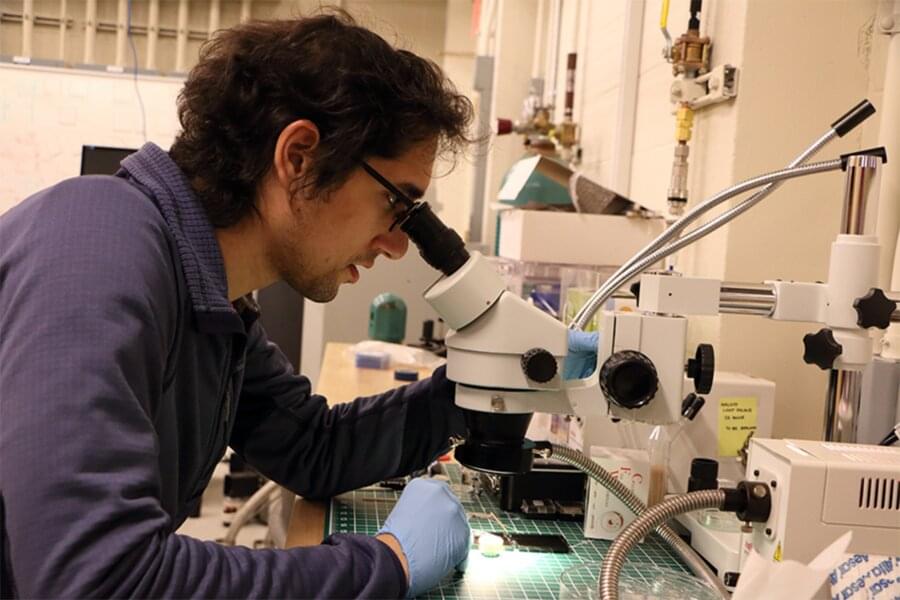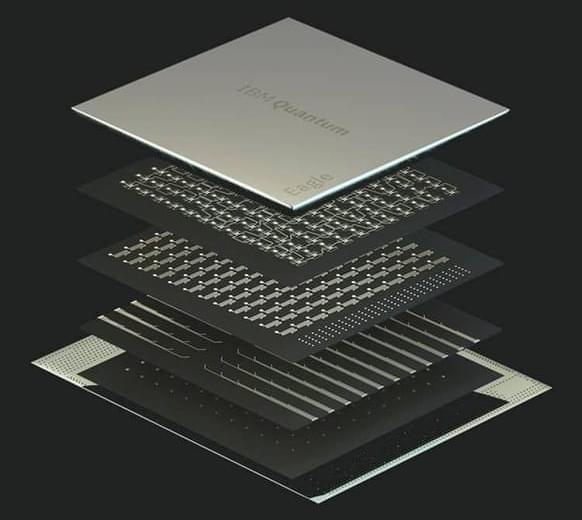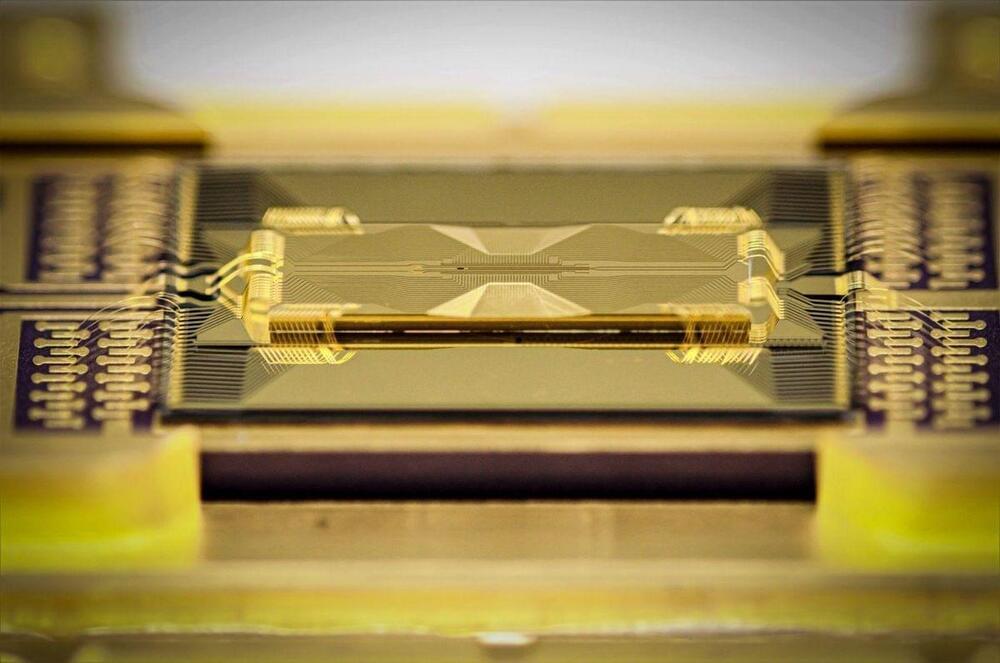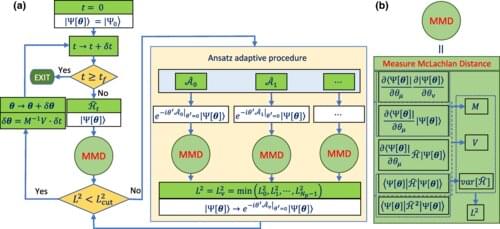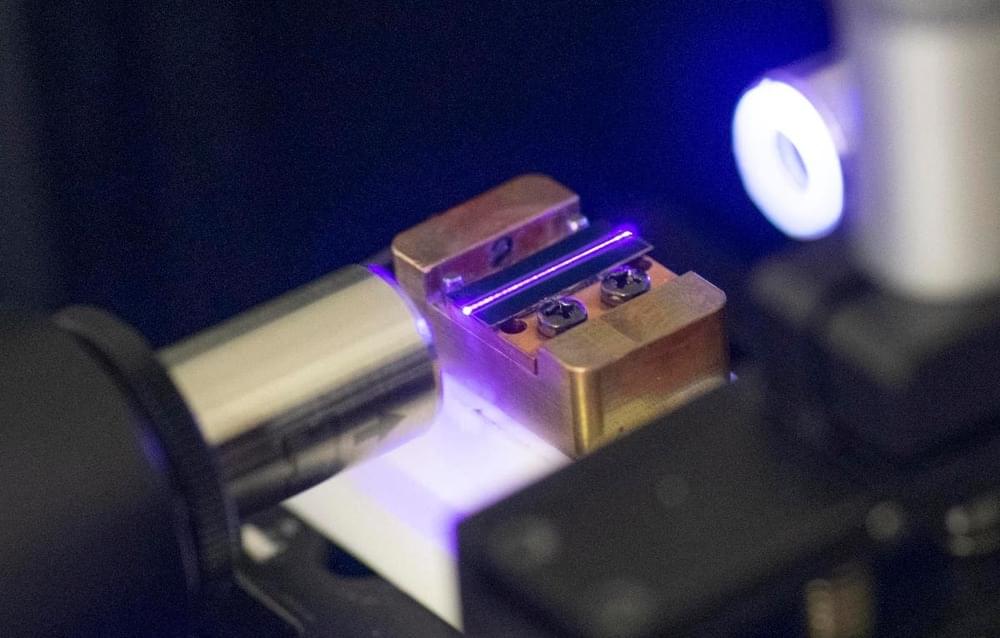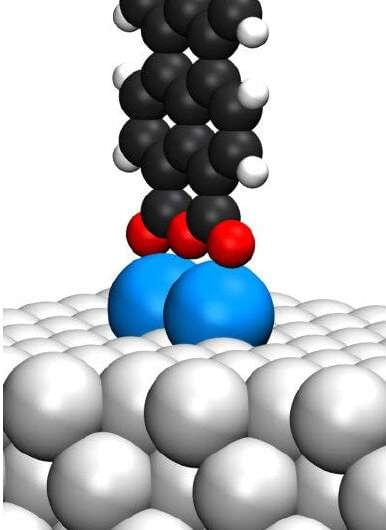OAKLAND, Calif. Nov 17 (Reuters) — A new quantum computer startup born from researchers at Harvard University and Massachusetts Institute of Technology (MIT) called QuEra Computing said on Wednesday it raised $17 million from investors, including Japanese e-commerce giant Rakuten Inc (4755.T).
It’s the latest quantum computer hardware maker to come out of the lab at a time when funding for the nascent technology is booming. read more
While there are various technologies for creating so-called quantum bits or qubits where the computations happen, QuEra’s qubits use neutral atoms in a vacuum chamber and use lasers to cool and control them.
